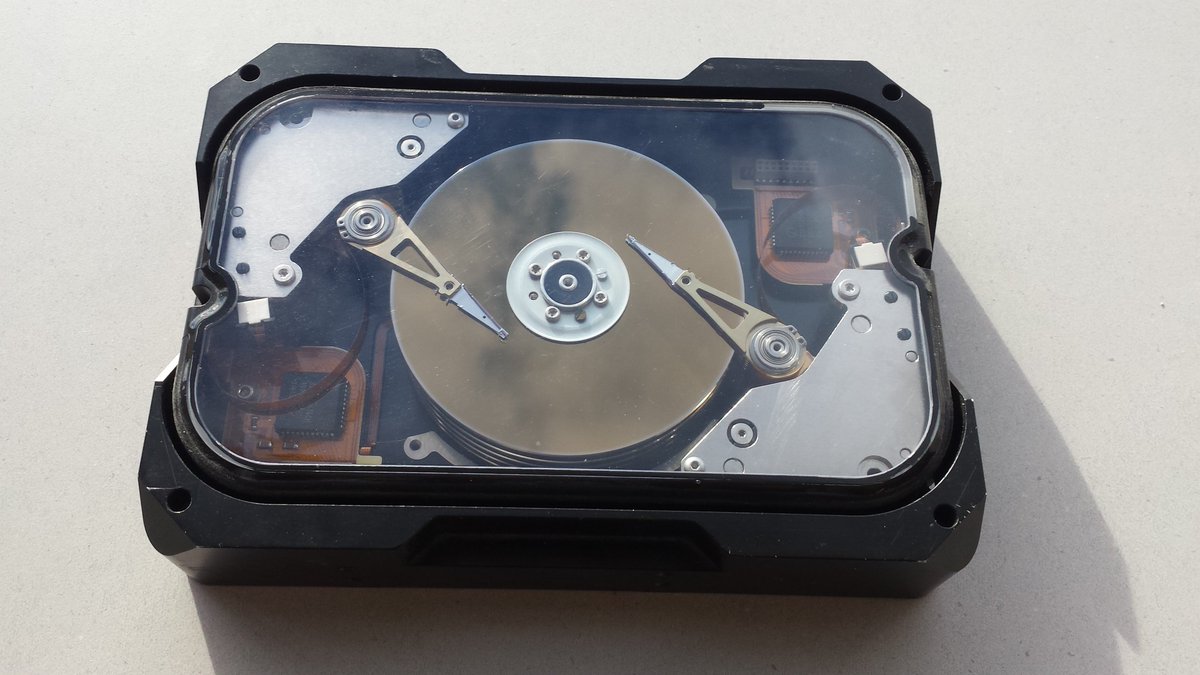No. I originally stated RAID 5/6/50/60 whereupon you could use multiple drives (each drive being 2 logical drives) and you could use them in these kinds of RAID setups for the added performance. So as to not confuse people too much I removed the extra RAID options..
No. The mistake you made in your original posting (and perpetuated here) is the belief that Raid 5 doubles performance (post #1) while halving the number of logical drives (this post). Raid 5 requires a minimum of THREE drives, reducing the number of logical drives by 1/3, (or 1/4, or 1/5, etc.) but never, ever by half. And in typical Raid 5 (and 5+, 50, etc) access patterns, it does boost performance (sometimes by much more than 200% in a wide array. ) However, in a typical
consumer-level access pattern, such configurations may actually
reduce performance.
Raid 0 and similar configurations are what you are thinking of, which (very roughly speaking) double performance while halving the logical drive count.
No. The failure rate would increase because there are many potential points of failure within a drive, and this having two actuators doubles the chances of failure at this point. Until there is largescale usage of these drives and we know "how" they were used, their overall failure rate is simply unknown, until then we can merely speculate.
Again, your logic is faulty, on two separate points. Firstly, we don't have to "speculate" on a drive's reliability: we use the MTTF/MTBF data the manufacturer provides through testing. But much more importantly, you were claiming that two actuators in a single drive was less reliable than having those same two actuators in two separate drives, when
the exact opposite is true. Since this apparently isn't as obvious as it should be, I'll elaborate with a (very simplified) example:
Seagate dual-actuator drive: one controller board, one spindle drive motor, two actuators = 4 failure points.
Two single-actuator drives: two controller boards, two spindle drive motors, two actuators = 6 failure points.
Assuming equally reliable subcomponents, the dual-actuator solution will have a higher MTTF (though obviously the failure may impact both logical drives, rather than simply one).
As per the average user using one of these drives with both logical drives in a software RAID-0 setup also adds the potential for the end user to screw up by say, formatting one of the drives.
Err, what? A user can format one single 20TB drive just as easily as they can format one of the individual drives in a 2x10TB array -- even more easily, in fact, as most RAID firmware and software setups add additional confirmation checks.


